7 Health 2.0 Trends for 2011
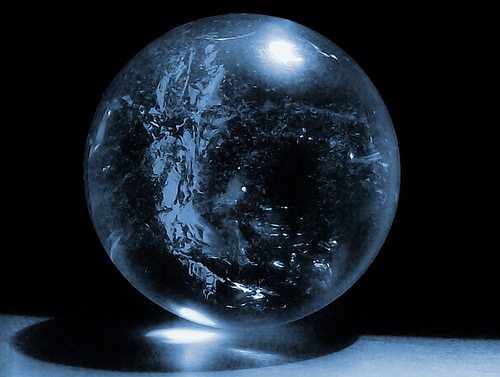
The world of Health 2.0 has so many moving parts that are spinning so fast, that it’s tempting to gaze into a crystal ball and predict what will collide and where it will land. As we move from Health 2.0 to Health Squared, here are 7 trends I see on the horizon.
1. Nutrigenomics & Nutrigenetics
 We’re moving toward the $100 genome, and Direct-to-Consumer (DTC) genetic testing from companies such as 23andMe is on the rise. While we’re gradually learning more about the connection between our genes and our risk factors and our responses to drugs, there’s an intriguing area that has received little attention: the link between our genes and what we eat.
We’re moving toward the $100 genome, and Direct-to-Consumer (DTC) genetic testing from companies such as 23andMe is on the rise. While we’re gradually learning more about the connection between our genes and our risk factors and our responses to drugs, there’s an intriguing area that has received little attention: the link between our genes and what we eat.
Nutrigenomics examines how what we eat affects our genes, proteins and metabolism. On the flip side, nutrigenetics looks at how our genetic sequence affects our responses to what we eat. Also to watch, nutraceuticals (nutrition + pharmaceuticals), which are foods and food products that provide health and medical benefits. It’s about linking the world of “-omics” with what we put in our mouths, and it will bring a whole new spin to “Eat this, not that!”
2. Ready-to-Wear Biosensors 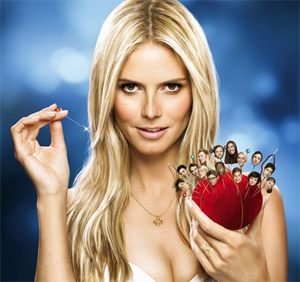
Advances in biosensor technology will result in clothing that monitors our every move and mental state. The information will be automatically downloaded to our mobile devices. This advance will revolutionize health, as the ‘right place, right time’ biofeedback will lead a shift from reactive to proactive health care. Designers will compete to create self-tracking garments for pregnant women on Project Runway.
3. Groupon Health for Baby Boomers
On January 1, 2011, ten thousand baby boomers turned 65. Each day 10,000 more will turn 65. This will continue for the next 19 years.
Groupon, Living Social, and numerous other sites that harness collective buying power will offer deals based on age, and will target the more than 75 million baby-boomers. This “silver tsunami” is concerned with healthy living and longevity, and they love getting and sharing deals. They already routinely hop online to access email, research health information, buy products, and make travel reservations (Pew Generations report, Dec 2010).
 Groupon Health for boomers will focus on anti-aging options (yoga retreats, vitamin packs, golf packages, cholesterol screenings, brain exercise gadgets, pilates classes), and skip unhealthy deals (tanning salons). Boomers will be hired to find the deals for their classmates.
Groupon Health for boomers will focus on anti-aging options (yoga retreats, vitamin packs, golf packages, cholesterol screenings, brain exercise gadgets, pilates classes), and skip unhealthy deals (tanning salons). Boomers will be hired to find the deals for their classmates.
4. Lies, Damned Lies, and Statistics
Given the exponential increase in biological data (take a spin around NCBI), we’ll need robust stats that help us separate the signal from the noise, tease out trends, and dissect potential cause and effect vs. random correlations.
Bioinformatics will become a trendy buzz word, number crunching will become a contact sport, and entirely new statistical models will be created.
5. Infographics :: Data Visualization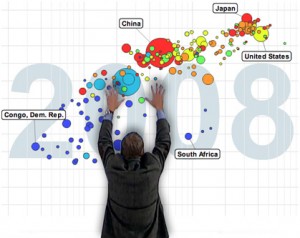
What was once the domain of a small corner of the USA Today newspaper has gone mainstream. Daily newspapers now feature word clouds, and Hans Rosling’s talks on visualizations of global health have become TED and YouTube phenomenona.
We’re inundated with data that beg to be made into visual stories. The data stem from self-tracking (Quantified Self) and crowd sourcing (Cure Together), and from gene mapping and global mapping.
We will see even more data artfully displayed. Utilizing graphics to convey health information will increase health literacy and will consistently prove a picture is worth several thousand words.
6. 3D mHealth 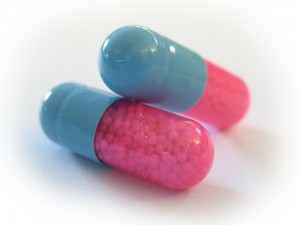
New technologies are enabling 3D displays on mobile devices that don’t require the use of glasses. These are created by altering our sense of depth, using auto-stereoscopic 3D technology. This imaging will greatly enhance mobile health applications; visualize the possibilities of 3D for everything from anatomy textbooks to yoga poses. How about a 3D Pillbox?
7. Transgenerational Social Networking
Many of our risks for diseases may be due to stretches of DNA that are not along our own chromosomes, but rather, are along the chromosomes of our parents or grandparents. This is the crux of the paradigm shifting field of “transgenerational” genetics.
 Research is mounting that suggests the genes our ancestors carried, but that were not passed down to us, can influence the traits and diseases we get. In addition, the foods that our mother ate while she was pregnant with us, and our parents environmental exposures (e.g., pesticides), may influence the traits we have, and that our children and grandchildren will have.
Research is mounting that suggests the genes our ancestors carried, but that were not passed down to us, can influence the traits and diseases we get. In addition, the foods that our mother ate while she was pregnant with us, and our parents environmental exposures (e.g., pesticides), may influence the traits we have, and that our children and grandchildren will have.
This throws a monkey wrench in classical genetics and merits close watch. While you don’t have to Friend your mom on Facebook, you will want to ‘friend’ her PHR – and your grandmothers – and learn everything you can about your parents health and habits. And you’ll also want to closely track your own diet for the sake of your health (see #1), and for the health of your grandchildren.
When you look into your crystal ball, what trends do you see as we move from Health 2.0 to Health Squared?
Related posts
- Self-tracking: Checking under the hood
- mHealth Summit 2010: A context check list
- Health 2.0 goes to Washington: Aretha Franklin would be proud
- Utilizing Mobile Technology and New Media to Encourage Mobile Lifestyles
Photo credits
- Crystal ball: Frozen Bubble, courtesy of sparkleice on Flickr
- Chocolate: Want one? courtesy of MarcelGermain on Flickr
- Yoga: yoga_signed courtesy of shunpikie on Flickr
- Hans Rosling: Courtesy of Gapfinder
- Pills: flickr pills – you should check how many you need … courtesy of eagleglide on Flickr
- Mother & Daughter: Silhouetted Mother & Daughter courtesy of Jerome Rothermund on Flickr
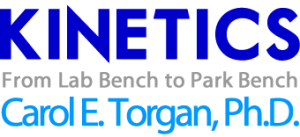

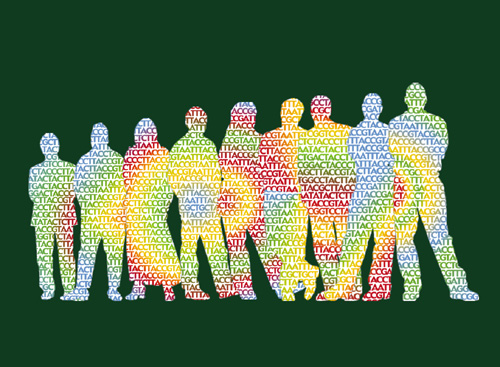



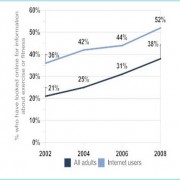
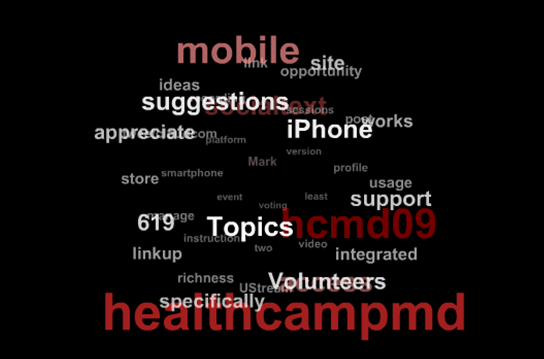
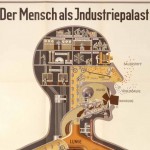
Trackbacks & Pingbacks
[…] 7 Health 2.0 Trends for 2011 […]
[…] 7 Health 2.0 Trends for 2011 […]
Leave a Reply
Want to join the discussion?Feel free to contribute!